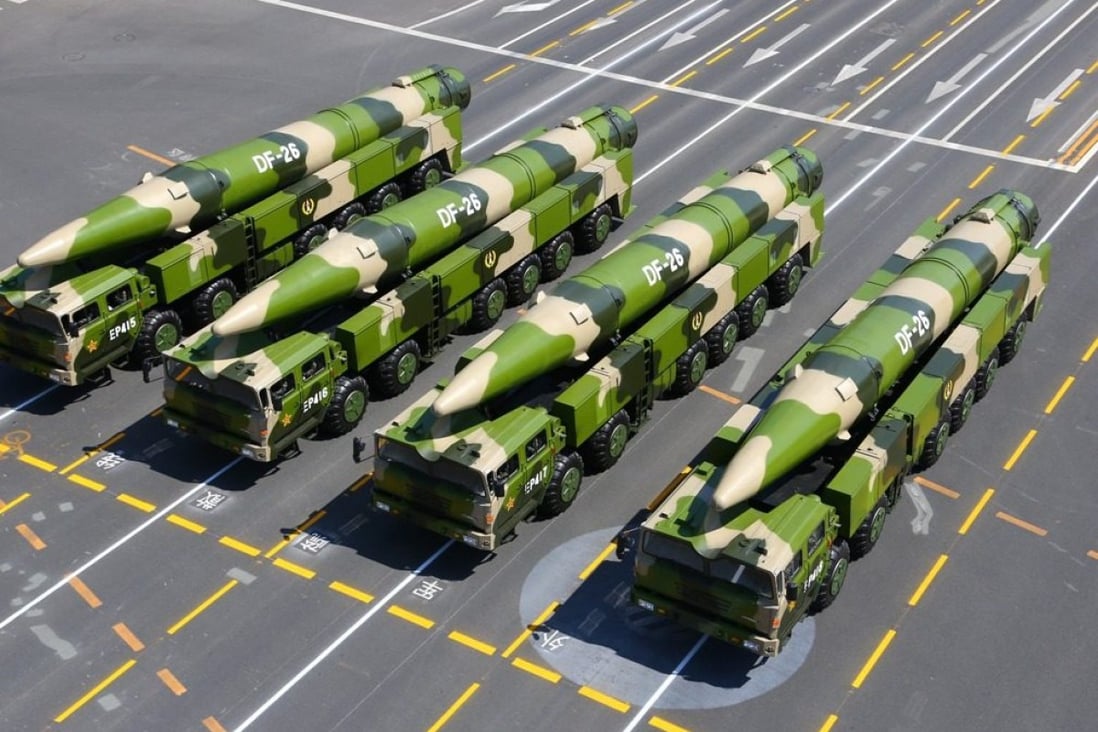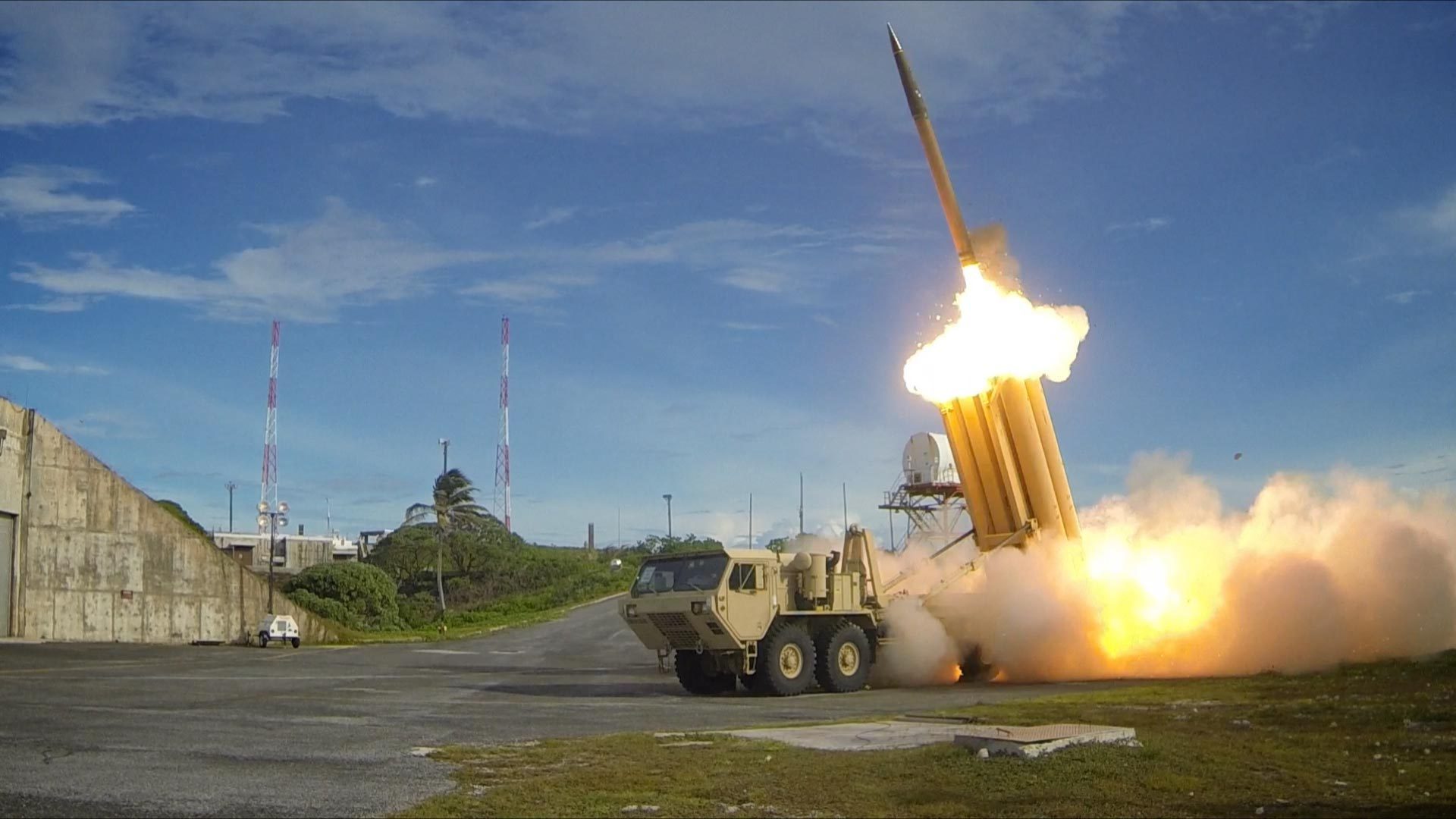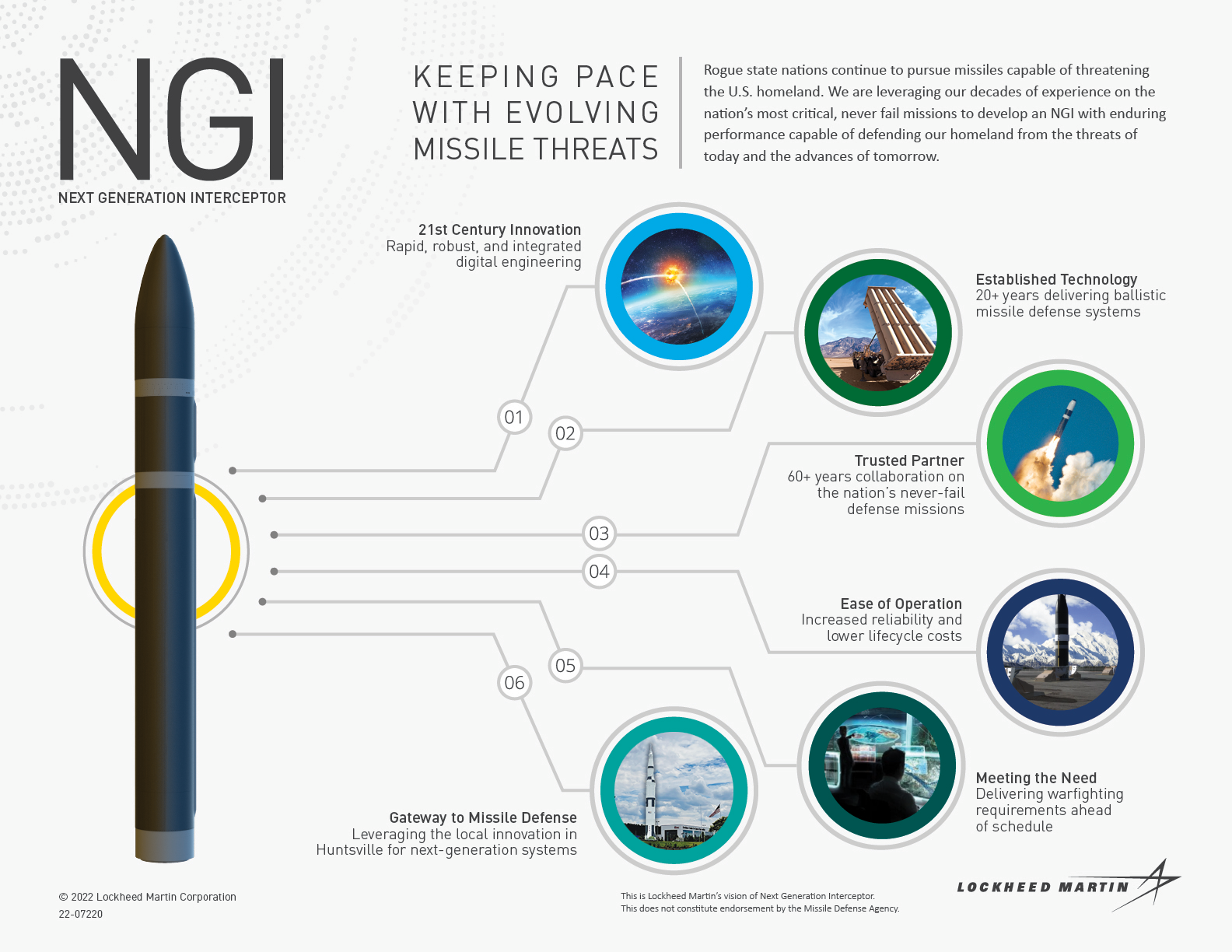The US Missile Defense Agency is undertaking a strenuous exercise of upgrading the defenses of Guam as the long-range missiles of China and North Korea pose a severe threat to the US territory in the Pacific.
Sukhoi-34 Fighter ‘Shot Down’ With A Rifle By A Ukrainian Man; Valorous Valeriy Facilitated By Kiev
The head of the US Missile Defense Agency, Vice Adm. Jon Hill, revealed new information on progress towards upgraded air and missile defenses on the strategic island of Guam. The US Army and Navy joined forces on this project with the Missile Defense Agency (MDA).
On the sidelines of the 2022 Space and Missile Defense Symposium, which was held from August 9 to 11, Vice Adm. Hill provided an update on the Guam Defense System via a webcast of a live interview with Jen Judson of Defense News.
The island is getting new air and missile defense capabilities as part of a larger initiative to deter China throughout the Indo-Pacific region. There have been talks within the higher echelons that Guam should have at least some additional defenses in place by 2026.

Guam is home to vital air and naval facilities and is expanding its military infrastructure significantly. It is widely understood that the Andersons Air Base in Guam would serve as a launch pad for US operations against China in the Indo-Pacific theatre in case of a potential conflict.
‘Legally Copied’ By Lockheed Martin – Was US Navy’s F-35B, China’s J-20 Derived From Soviet-Russian Aircraft?
That being said, it is anticipated that crucial US military stations in the Pacific Rim may be in danger from China’s long-range missiles like the DF-26 intermediate-range ballistic missile, which can travel 3,400 miles to its target and often goes by the name “Guam killer.”
China went as far as releasing a propaganda video in 2020 depicting a simulated attack on Guam, making no effort to mask its intention.

In addition, China’s development of long-range and hypersonic weapons jeopardizes American military assets in Guam. Therefore, upgrading Guam’s defenses was listed as the primary goal of the US Defense budget through 2023, as previously reported by EurAsian Times.
Vice Adm. Hill made a case for various new defensive systems in May 2022, stressing all of the capabilities that would be located on the island if Congress accepted the proposal.
As per the plan proposed by the MDA fiscal 2023 budget request, the crucial US territory of Guam would receive 360-degree sensor coverage, missile defenses, and a command center.
The Crucial Guam Missile Defense
In his recent interaction, Hill clarified that the Guam Defense System’s exact number, configuration, and arrangement of interceptors, sensors, command and control nodes, and other parts had not yet been decided.
According to Hill, MDA completed a “sighting summit” last week and was able to visit each site in Guam that has been suggested as a location for missile defense components there. “It’s not final, but we have a very good feel for at least technically and operationally where things should go in order for it to function as a system,” he said.
On Guam, MDA and the Army currently offer a more constrained level of ballistic missile defense. A Terminal High Altitude Area Defense (THAAD) system battery, built to intercept specific ballistic missiles approaching their target from above, is deployed on the island.

A unit outfitted with the Israeli-made Iron Dome system, which according to its manufacturer Rafael has proven anti-cruise missile capabilities, had been temporarily deployed to the island, but only for testing and evaluation purposes.
Although the Army controls all THAAD-equipped troops, including the launchers and their powerful AN/TPY-2 radars, the THAAD program is currently run by MDA. It is now obtaining instances of Dynetics’ Enduring Shield, a heat-seeking air-to-air missile interceptor that employs a canisterized variant of the AIM-9X Sidewinder.
The MDA chief stated last year that plans were evolving toward a more innovative and distributed architecture, including protected underground facilities. Initially, there had been a discussion of creating an Aegis Ashore missile defense system in Guam.
The next generation interceptor, or NGI program, is vital to the Missile Defense Agency’s ground-based midcourse defense, or GMD, system. Last year, the MDA granted contracts to Northrop Grumman and Lockheed Martin to accelerate the development of the system.
“I will tell you both companies are saying they can get to first emplacement earlier than the government reference schedule of 2028,” said Navy Vice Adm. Jon A. Hill during a Friday discussion with Defense News. “I will tell you there is a long road between now and then. And so, we’ll just keep on the path. Both are performing very well. Two different designs, both incorporating multiple kill vehicles — that’s where the threat drives us,” he added.

This week, British Aerospace Systems issued a press release announcing that Lockheed Martin had awarded a contract to develop and produce next-generation infrared seeker technology for the THAAD interceptor missile, which will provide vital sensing and guidance capabilities against threats from ballistic missiles.
According to BAE Systems, its seeker technology can locate and lock on to missiles traveling at a speed of 17,000 mph (27,300 kph), allowing the THAAD guidance system to direct interceptor missiles in the direction of the danger.
Admiral Hill says that improving Guam’s missile defenses falls within the Presidential Budget 2023 (PB23) architecture. The US has not started the program to upgrade the island’s defenses but has already laid down the basic architecture for the missile defense systems on the island.
- Contact the author at sakshi.tiwari9555@gmail.com
- Follow EurAsian Times on Google News




